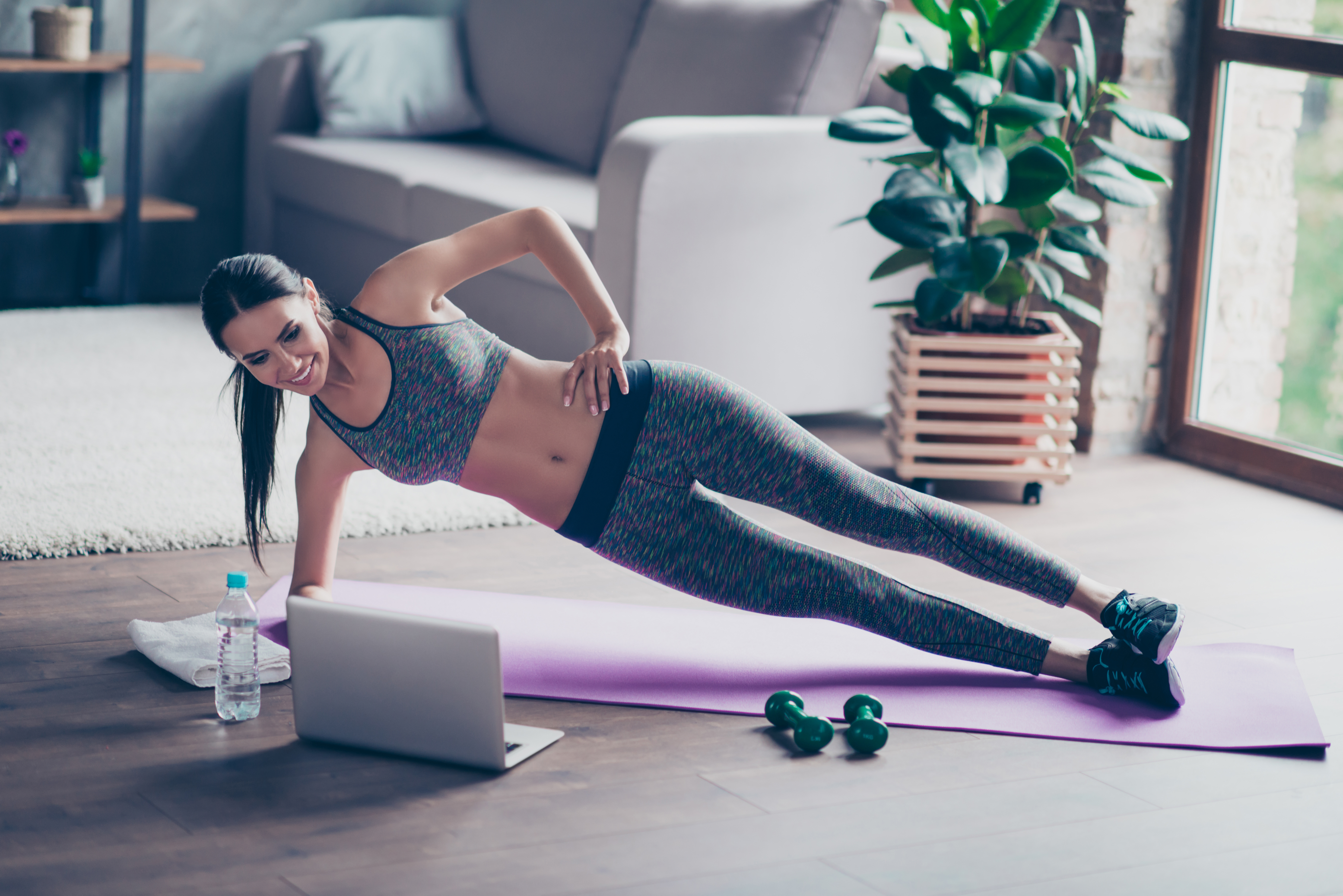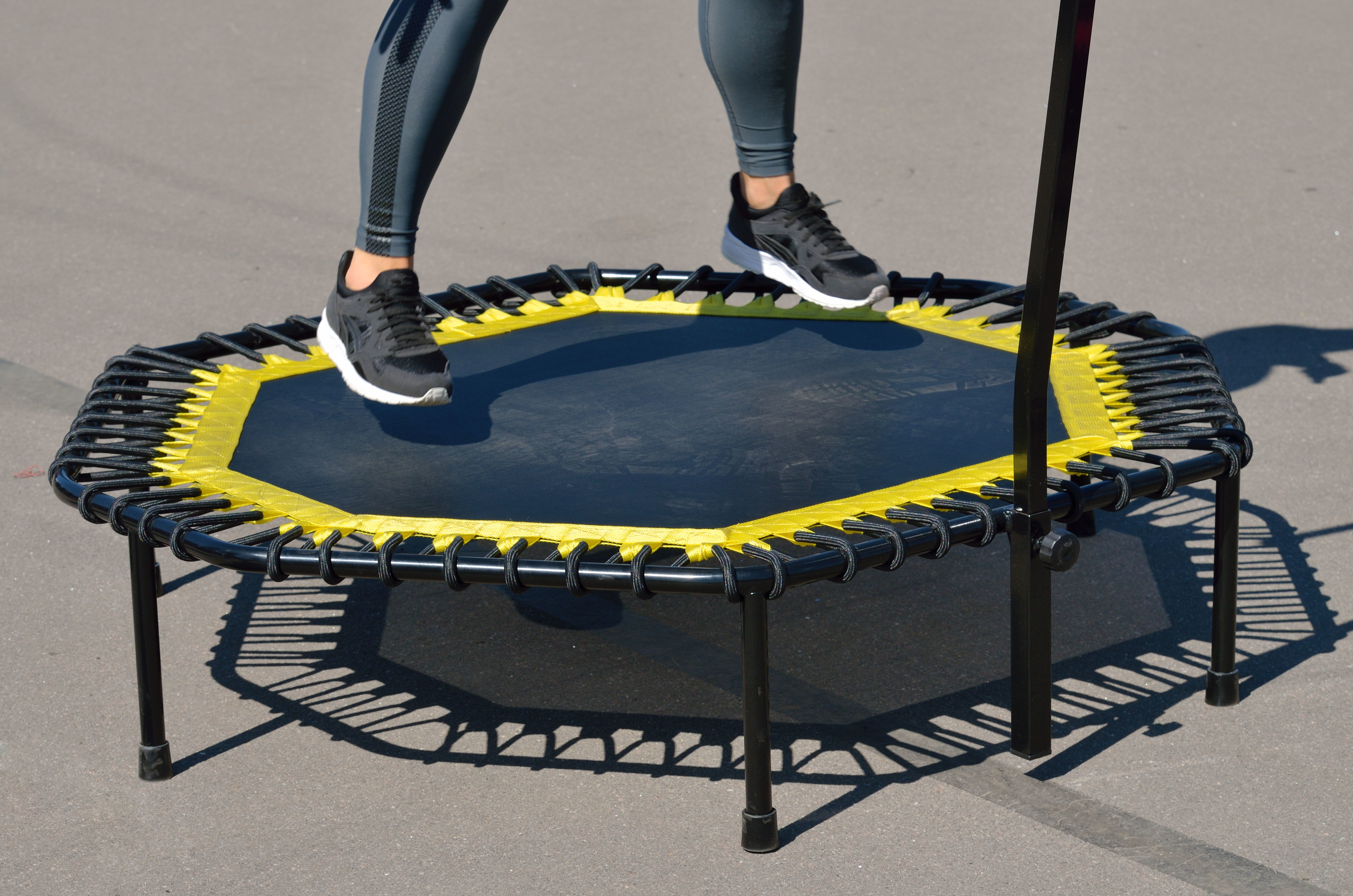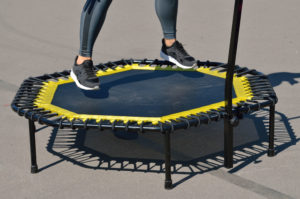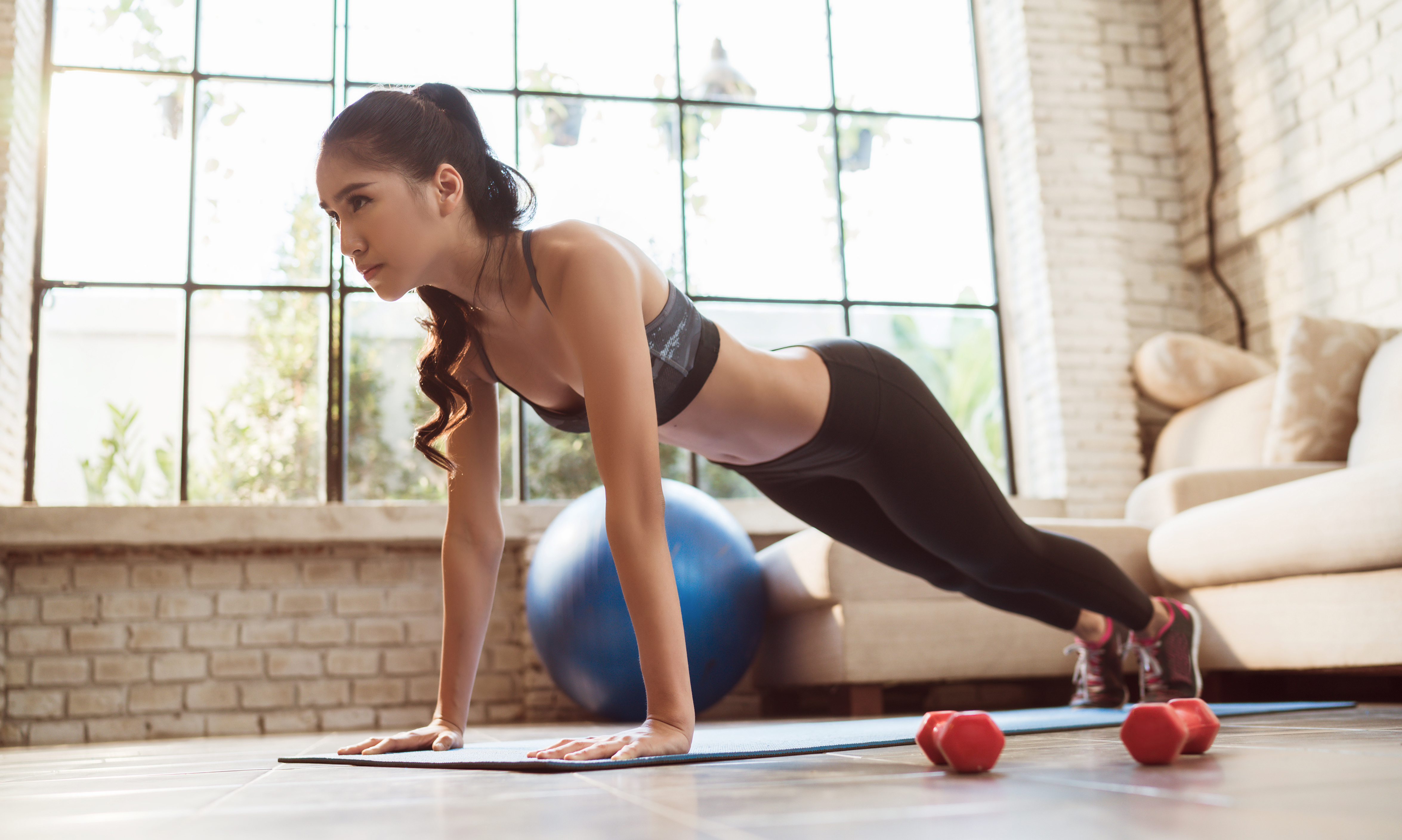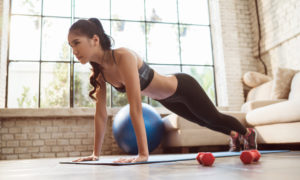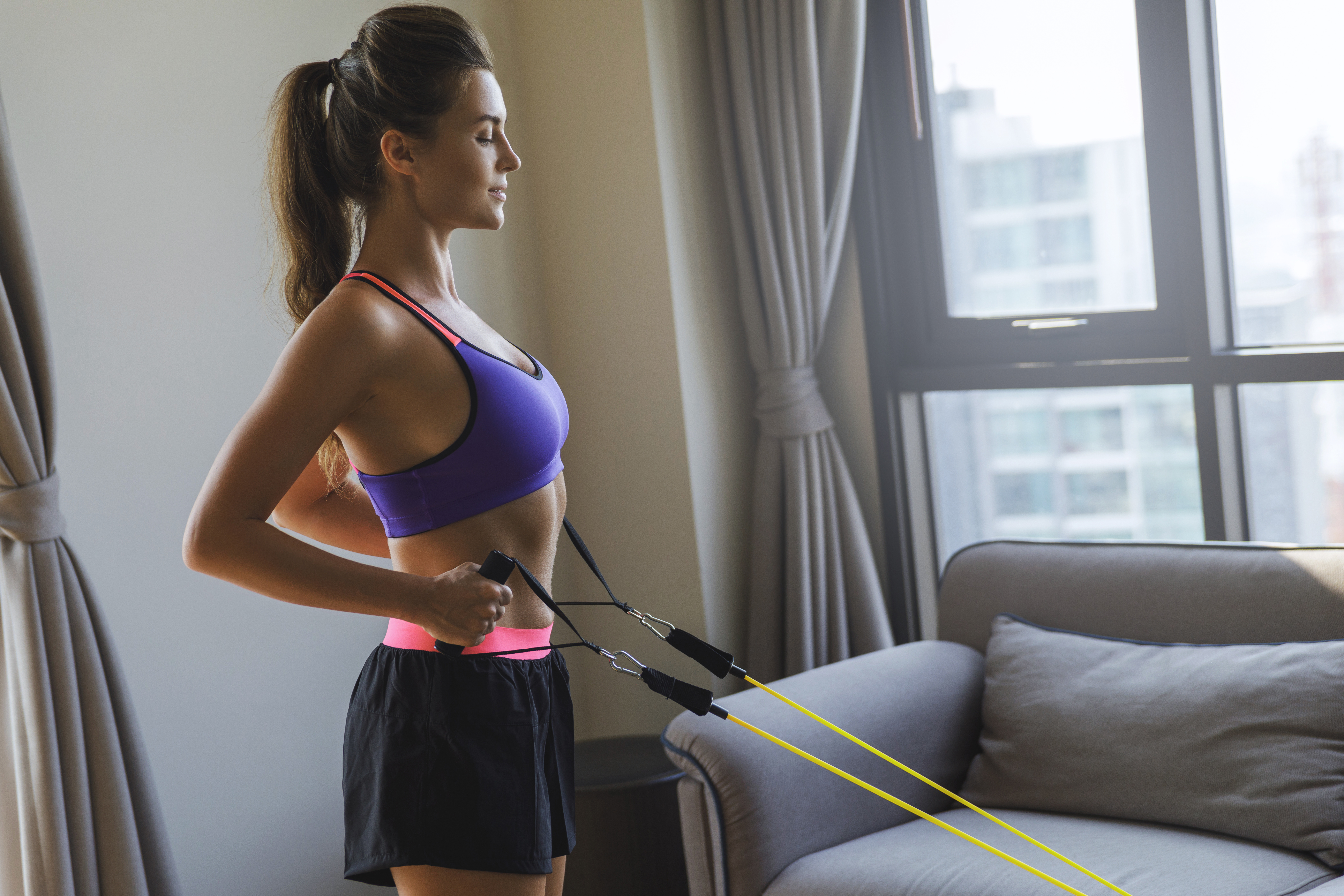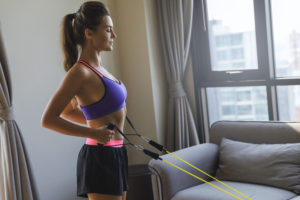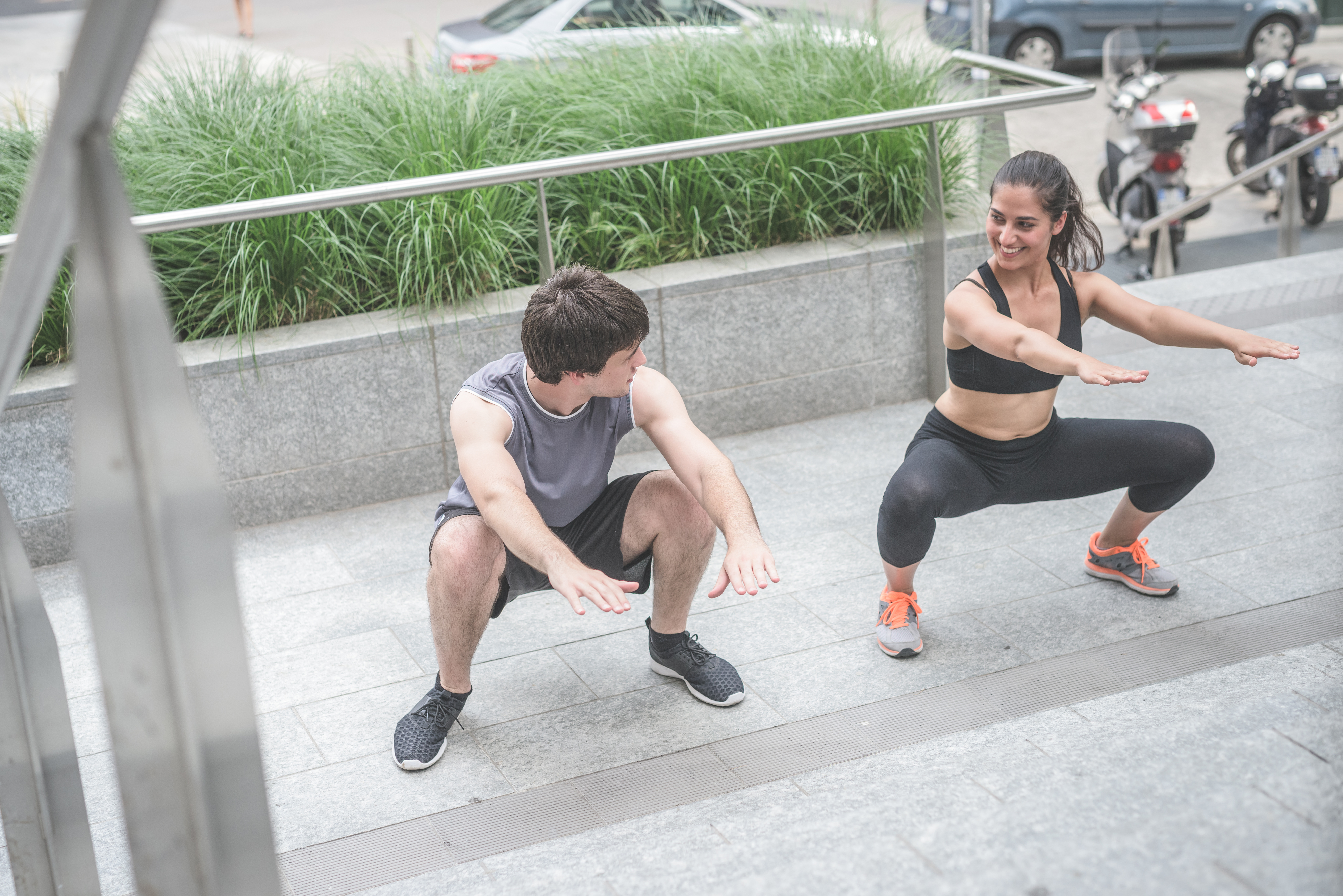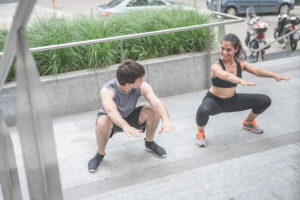
So you decided to start working out, but you don’t know where to begin. Or you are already working out but are not getting the results you want. There can be several reasons for this including diet. But this post is not about diet. One often overlooked reason could be your workout program. Maybe you don’t have a program. Then you should consider following a specific one. This way you will have a path to your goals.
The same you need a blue print to build a house is the same way you need one to build muscle, gain strength or lose weight. The blue print depends on your goal. All workouts do not give you the same results. Therefore, you should be clear about your goals before you start. The path you take to reach your fitness goals will determine your results.
If you want to get stronger, gain muscle mass or lose weight, well you workout program will be very different for each one. If your goal is only to improve your overall health like controlling your blood pressure, you cholesterol or blood sugar then any of the programs will work. The American Heart Association recommends strength training 2 days a week. Any strength training will fulfill this requirement.
The movement patterns are the same but the intensity is different. This is where you will have to follow a program that differentiates the required training for muscular strength and muscular endurance.
A big misconception is that if you are good at one you are automatically good at the other but this not true. The muscle fiber type recruited is different for muscular strength training and muscular endurance training.
Endurance training activates Type I muscle fiber also known as slow twitch. They keep you going longer. Conversely strength training activates Type II muscle fiber also known as fast twitch muscle fiber they make you go harder and when activated help you gain muscle mass.
Before we get into it, endurance is the ability to last or withstand exertion or force over and extended the period of time. Marathon runners are endurance athletes. They can run for hours and activate their slow twitch muscle fiber. On the other hand, strength refers to the capacity to withstand great force or pressure. Sprinters fall into this category. They need a lot of force to run a short distance
There is a host of different exercises involved in both muscle strength and endurance training. You can use the same exercise in either routine. Although it is essential to have a mix of both in your fitness journey, your decision should depend on your workout goals. Do you want to last longer or be stronger? Maybe both.
Muscular Strength Training
Muscular strength involves using a resistance-based exercise that allows a muscle group to use the most contraction and force against the resistance to move it. This method of training has a myriad of benefits when performed properly. Besides improving your overall health, strength training increases tendons, bones, muscles, ligaments strength and toughness. Strength training also increases your lean muscle mass. This occurs when you concentrate on a strength training routine which tears the fibers of your muscle tissues prompting them to self-repair.
Muscular Endurance Training
Have you ever carried something heavy for a considerable distance? The chances are that when you first lifted it, it felt light. However, with each step, it becomes heavier and almost unbearable. This means that your muscles were giving in to the pressure exerted on them by whatever you were carrying. At some point, you may have wanted to stop and rest for a few minutes. If you carried the same load every day, the repetitiveness of this task would build muscle endurance, making the task more bearable. Therefore, muscle endurance is the ability of your muscles to withstand the pressure exerted on them by an object of mass, over and over.
Muscular endurance training entails repetitively performing a particular set of exercises. If you adhere to a specific repetitive training pattern, the set of muscles that you are working on eventually develops endurance. You won’t get tired as easy.
What is the difference between muscular strength training and muscular endurance training?
If you are training objective is targeted towards building muscle endurance, you are definitely going to work your muscles differently from what you would for strength training. Muscular endurance seeks to build your capillaries in the muscles. This makes it possible to get more blood in and out of your muscles during your workout session.
Duration of Training
Training may be done over a short period. Nevertheless, endurance training takes more time. For example, a runner preparing for marathon trains by running for a long distance over and over, while a runner seeking to compete in a 100 meters will be more interested in sprinting for short distances. Obviously, the runner who is sprinting will do so in a shorter period, unlike the marathon runner who has to run for hours to build endurance.
Workout Reps
In strength training, you are required to use heavier weights and do fewer repetitions. About 4-6. If your focus in the gym is endurance, you will use lighter weights with more repetitions about 8-12. The last two reps should be challenging bodies out.
Our bodies are made to adapt, therefore you will find that it becomes easier to lift at you current weight and therefore will need to increase the weights to continue to get see improvements.
Type of Exercise
Muscular strength training and endurance training can use the same type of resistant exercises. The most common muscular strength training exercises are the bench press, barbell row, deadlift, and squats.
An endurance training protocol is more like many real-life activities. Some of the most popular exercises in muscular endurance training include push-ups. But, it is not just about any number of push-ups. You should be able to do more reps. This is undoubtedly one of the best endurance training exercises for your upper body. The other popular form of exercises used in muscular endurance training includes walking lunges, plank holds, sit-ups and body weight squats.
How Long Should You Rest Between Sets
Because you will lift heavier weights for strength training, you need to give your muscles enough time to rest between sets. It is recommended that you rest for 2 – 3 mins between sets. On the other hand, strength endurance training requires less rest because the weight is not as heavy and you don’t need as much strength to move the resistance. Therefore, resting for 1-2 mins will be enough.
Benefits
One of the benefits of muscular strength training is that you get to eat more food because you need the energy from food to lift. You also need a surplus of calories to build extra muscles. Just think about how much food football players eat. Anyone who wants to build big, well-defined muscles will without a doubt gain more by lifting heavier weights while using fewer reps.
On the contrary, one of the benefits of muscular endurance training is toning your body. In fact, this is one of the best ways to tone your body without increasing its size. But your diet also has to be on point.
Conclusion
Resistance exercises are an essential part of fitness and overall health. Regardless of you training regime, the chances are that you are positively contributing to well-being. It’s, however, important to note that there is more to working out than just fitness. You might be working out for very specific results, which will govern the kind of exercises that you need to immerse yourself into. If you would like to increase your physical strength so that you can lift heavier weights in your day to day activities, strength training would be the best way to go. However, if you can barely push your lawn mower for 15 minutes without getting you should work on your endurance. In fact, push the lawn mover can be counted as exercise or physical activity.
